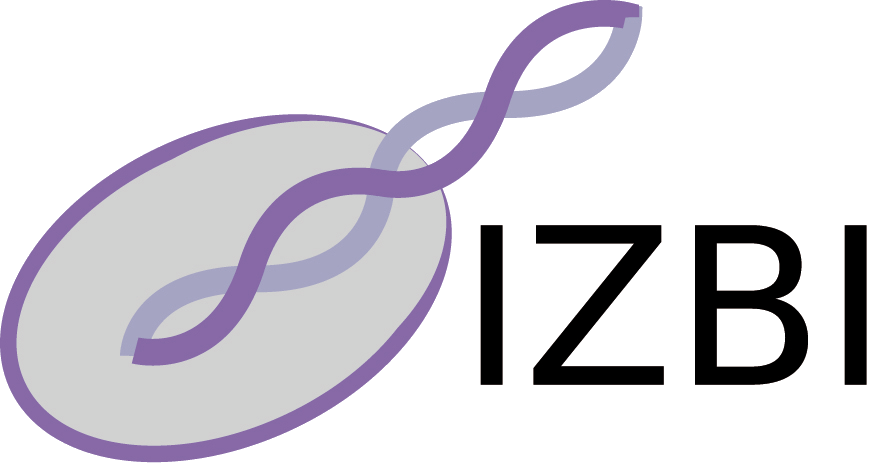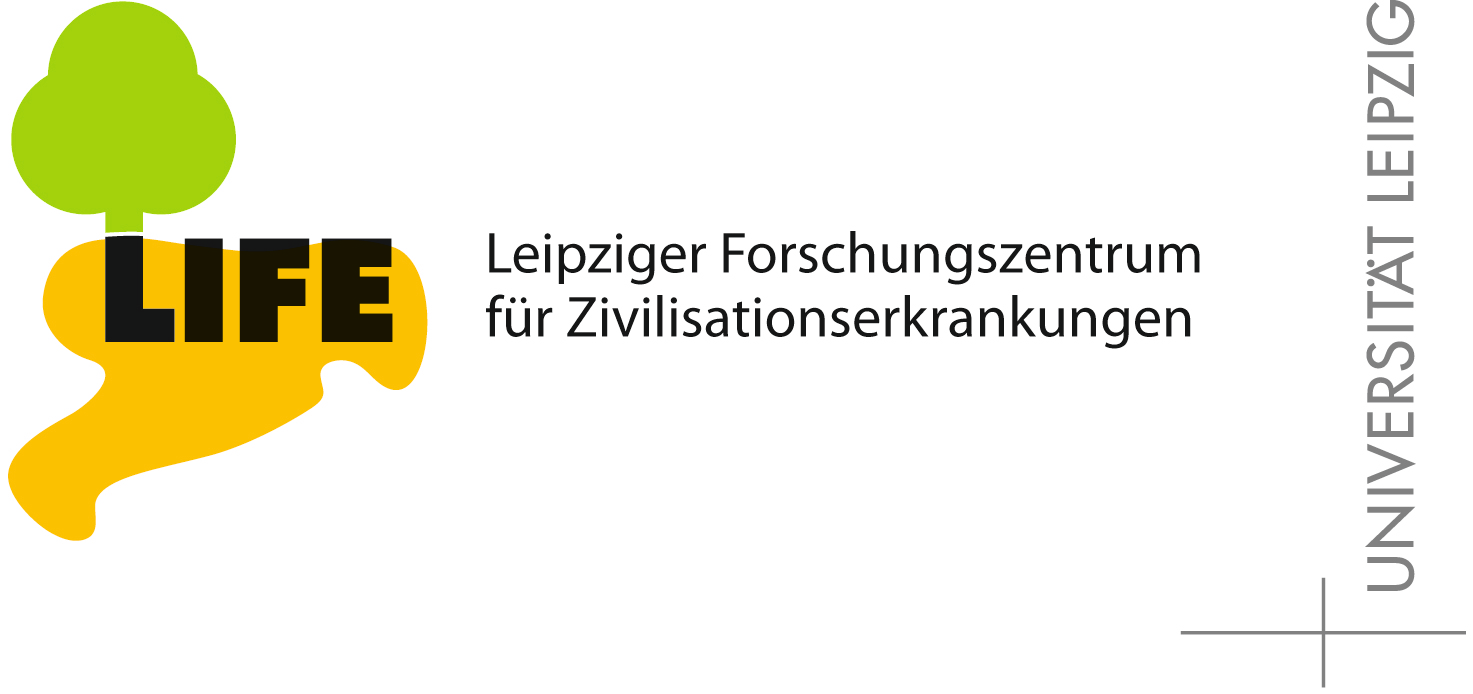Publications - Published papers
Please find below publications of our group. Currently, we list 565 papers. Some of the publications are in collaboration with the group of Sonja Prohaska and are also listed in the publication list for her individual group. Access to published papers ( ) is restricted to our local network and chosen collaborators.
If you have problems accessing electronic information, please let us know:
) is restricted to our local network and chosen collaborators.
If you have problems accessing electronic information, please let us know:
 ) is restricted to our local network and chosen collaborators.
If you have problems accessing electronic information, please let us know:
) is restricted to our local network and chosen collaborators.
If you have problems accessing electronic information, please let us know:©NOTICE: All papers are copyrighted by the authors; If you would like to use all or a portion of any paper, please contact the author.
Finding the K Best Synthesis Plans
Fagerberg, Rolf and Flamm, Christoph and Kianian, Rojin and Merkle, Daniel and Stadler, Peter F.
Download
Status: Published
J. Cheminformatics 10: 19
Abstract
In synthesis planning, the goal is to synthesize a target molecule from available starting materials, possibly optimizing costs such as price or environmental impact of the process. Current algorithmic approaches to synthesis planning are usually based on selecting a bond set and finding a single good plan among those induced by it. We demonstrate that synthesis planning can be phrased as a combinatorial optimization problem on hypergraphs by modeling individual synthesis plans as directed hyperpaths embedded in a hypergraph of reactions (HoR) representing the chemistry of interest. As a consequence, a polynomial time algorithm to find the K shortest hyperpaths can be used to compute the K best synthesis plans for a given target molecule. Having K good plans to choose from has many benefits: it makes the synthesis planning process much more robust when in later stages adding further chemical detail, it allows one to combine several notions of cost, and it provides a way to deal with imprecise yield estimates. A bond set gives rise to a HoR in a natural way. However, our modeling is not restricted to bond set based approaches—any set of known reactions and starting materials can be used to define a HoR. We also discuss classical quality measures for synthesis plans, such as overall yield and convergency, and demonstrate that convergency has a built-in inconsistency which could render its use in synthesis planning questionable. Decalin is used as an illustrative example of the use and implications of our results.















